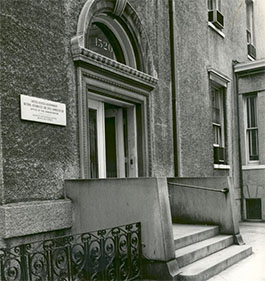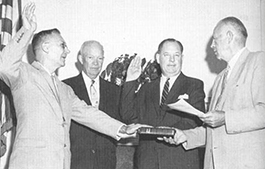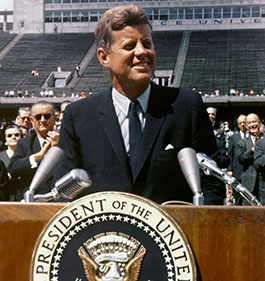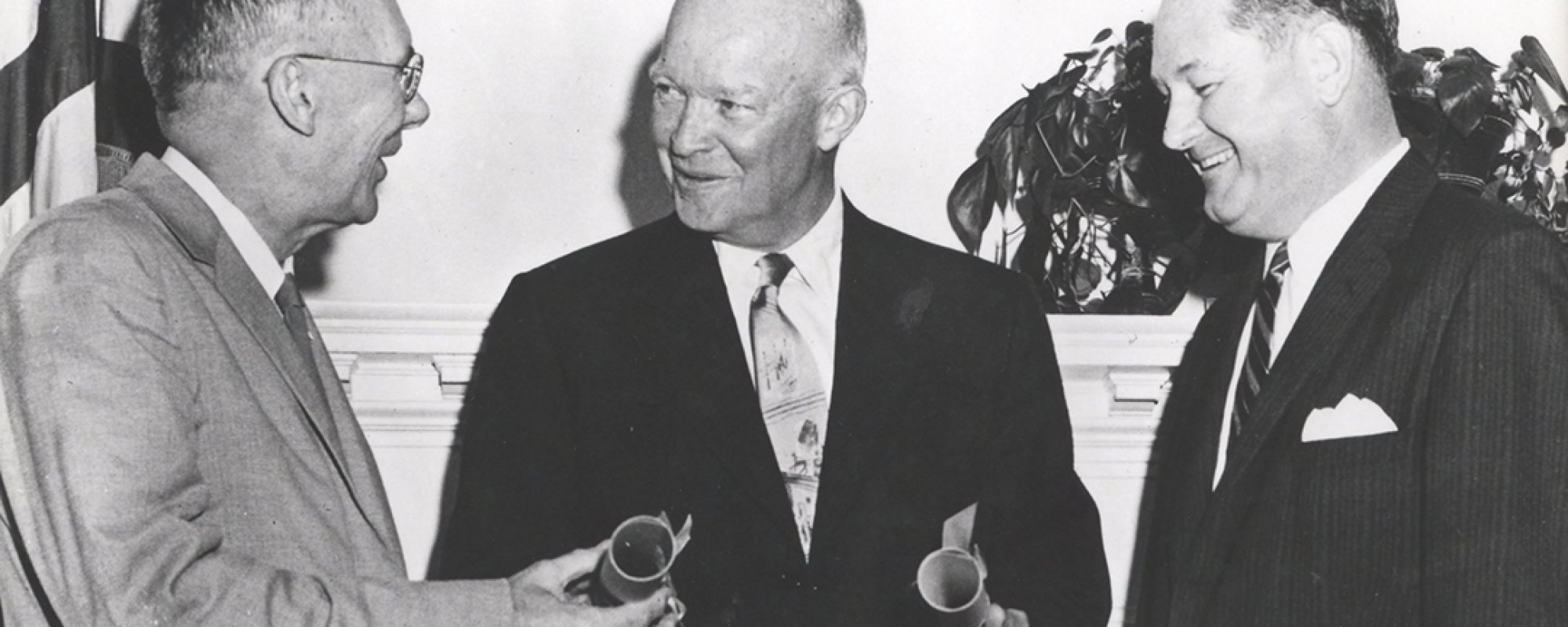Officially: October 1, 1958. But the roots of today’s National Aeronautics and Space Administration reach back to the 1910s.

NASA officially began operation on October 1, 1958.
On that date, the agency took over the management of all facilities that had been run by the National Advisory Committee for Aeronautics (NACA), a federal body formed in 1915 that at one time counted Orville Wright as a member.
All totaled, the newly-formed NASA inherited five facilities outside its Washington, D.C. headquarters:

- Langley Aeronautical Laboratory (now Langley Research Center), founded in 1917 near Hampton, Virginia
- Ames Aeronautical Laboratory (now Ames Research Center), activated in 1941 in the area that would become California’s Silicon Valley
- Lewis Flight Propulsion Laboratory (now Glenn Research Center at Lewis Field), in operation since 1943 in Cleveland, Ohio
- A test facility for high-speed flight research at Muroc Dry Lake in the high desert of California, now Armstrong Flight Research Center
- A test facility for launching suborbital research rockets at Wallops Island, Virginia, now Wallops Flight Facility, operated by Goddard Space Flight Center
The establishment of NASA as an umbrella agency over the former NACA facilities was prompted by an event that, surprisingly, also led to the creation of the first federal student loan program.
Image: Top, official NACA logo. Above: The Dolley Madison House on Lafayette Square in Washington, D.C., housed the first headquarters for NASA. Image Credit: NASA
NASA and the Federal Student Loan Program Share a History
Both were spurred by the 1957 launch of the Soviet satellite, Sputnik. When the U.S.S.R. put a satellite into orbit before the U.S. could achieve a similar feat, some in the United States worried whether this technical win signaled the start of Soviet engineering superiority, or worse, Soviet world domination.
Although it was eventually proven to indicate neither of these, Sputnik caused an immediate reaction in the U.S. that the President at the time, Dwight D. Eisenhower, characterized as “near hysteria and panic.”

To assure U.S. prominence in space, American leaders saw a need for both a coordinated federal space program and expanded access to college education in science and math. To meet these needs, Eisenhower signed the National Aeronautics and Space Act in July, 1958 to create NASA, and he signed the National Defense Education Act (NDEA) in September, 1958, which created the first federal student loan program.
Image: Dryden (at left) and Glennan (second from right) being sworn in as President Eisenhower (second from left) looks on. Credit: NASA
The public response to Sputnik cleared the political path for both the creation of NASA and the passage of the NDEA that same year. The current federal student loan program is one of the legacies of the NDEA. The astronomical and Earth science research carried out by NASA today is a legacy of the vision Eisenhower had for the agency.
However, there was a time when he feared that vision was in jeopardy.
Eisenhower Had Different Ideas Than Kennedy and Johnson

Eisenhower’s presidency ended in 1961 when John F. Kennedy took over the White House. Just as the federal space program inspires a variety of reactions from the public and from leaders today, Eisenhower himself and President Kennedy had varying ideas about what should take priority in the space program of the 1960s.
Kennedy and his successor, Lyndon B. Johnson, felt strongly that winning a space race to the Moon would put the U.S.S.R. back on its heels and re-establish American technological and engineering dominance.
Eisenhower believed a trip to the Moon for the sole purpose of winning a race was a propaganda stunt and a misguided use of space resources that could otherwise be used for scientific research or national defense.
Eisenhower died in March of 1969, just four months before the first Moon landing in July of that year. By that time, the U.S. Apollo program included scientists as trainers for astronauts to prepare them to collect lunar material for scientific study. Subsequent Apollo missions to the Moon included scientists on board, which meant the Apollo program ultimately carried out priorities for space exploration held by both Kennedy and Eisenhower.
Image: President John F. Kennedy speaking at Rice University on September 12, 1962 – “We Choose to Go to the Moon” speech.
Be sure to visit the Eisenhower Presidential Library and Museum in Abilene, KS.
See more of President Eisenhower’s influence on NASA’s early years.
See an emblem that hung in the National Aeronautics and Space Council office.
Sources:
“Dwight Eisenhower and America’s First Steps Toward the Moon,” a Coffee at the Cosmo presentation by Timothy Rives, July 19, 2018.
Online documents regarding the National Aeronautics and Space Administration (NASA), Eisenhower National Library.



